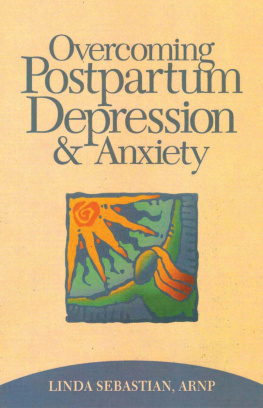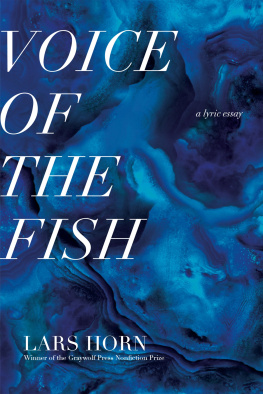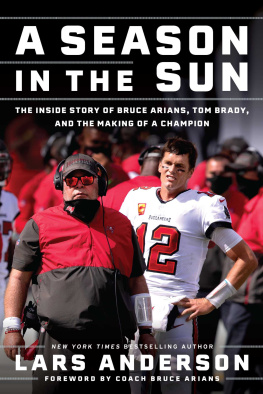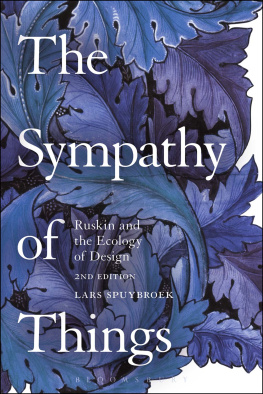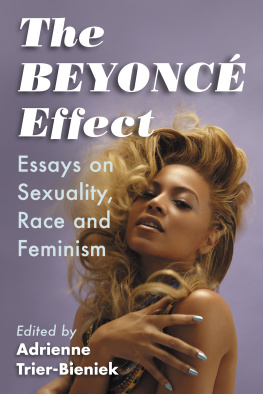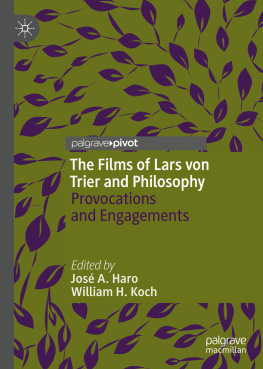Linda Badley - Lars von Trier Beyond Depression
Here you can read online Linda Badley - Lars von Trier Beyond Depression full text of the book (entire story) in english for free. Download pdf and epub, get meaning, cover and reviews about this ebook. publisher: Columbia University Press, genre: Detective and thriller. Description of the work, (preface) as well as reviews are available. Best literature library LitArk.com created for fans of good reading and offers a wide selection of genres:
Romance novel
Science fiction
Adventure
Detective
Science
History
Home and family
Prose
Art
Politics
Computer
Non-fiction
Religion
Business
Children
Humor
Choose a favorite category and find really read worthwhile books. Enjoy immersion in the world of imagination, feel the emotions of the characters or learn something new for yourself, make an fascinating discovery.

- Book:Lars von Trier Beyond Depression
- Author:
- Publisher:Columbia University Press
- Genre:
- Rating:4 / 5
- Favourites:Add to favourites
- Your mark:
- 80
- 1
- 2
- 3
- 4
- 5
Lars von Trier Beyond Depression: summary, description and annotation
We offer to read an annotation, description, summary or preface (depends on what the author of the book "Lars von Trier Beyond Depression" wrote himself). If you haven't found the necessary information about the book — write in the comments, we will try to find it.
Lars von Trier Beyond Depression — read online for free the complete book (whole text) full work
Below is the text of the book, divided by pages. System saving the place of the last page read, allows you to conveniently read the book "Lars von Trier Beyond Depression" online for free, without having to search again every time where you left off. Put a bookmark, and you can go to the page where you finished reading at any time.
Font size:
Interval:
Bookmark:
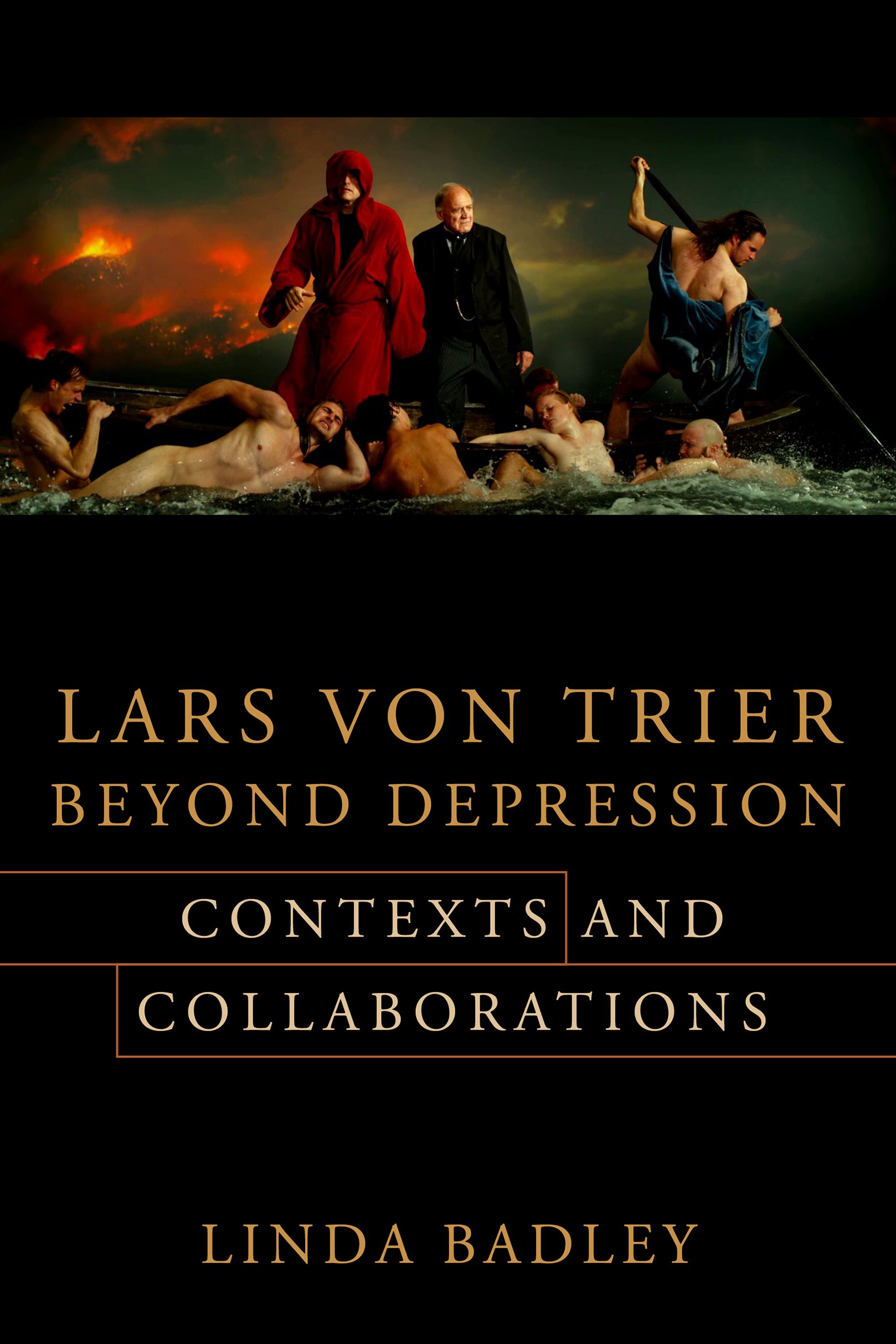
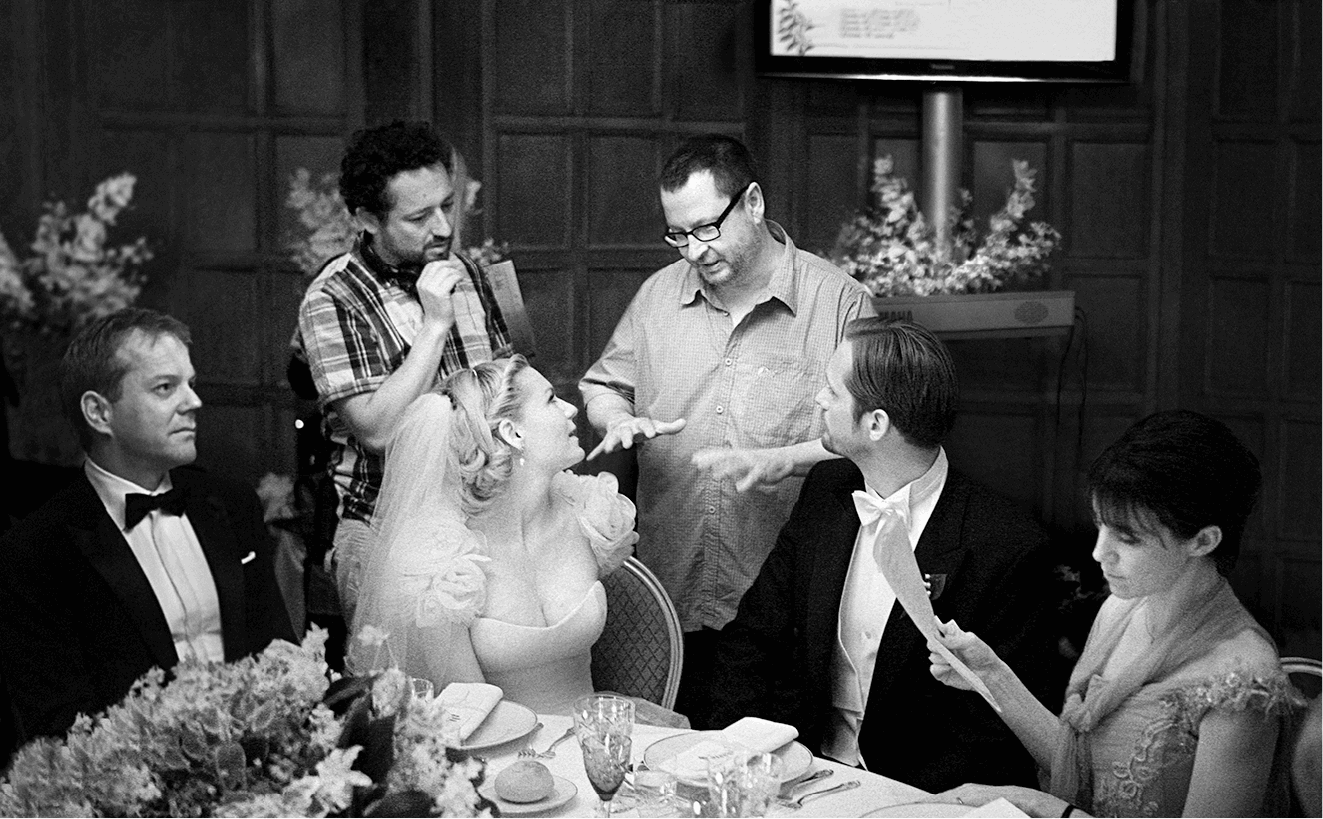
Lars von Trier at work on the set of Melancholia, with Kiefer Sutherland, Manuel Alberto Claro, Kirsten Dunst, Alexander Skarsgrd, and Charlotte Gainsbourg.
CONTEXTS AND COLLABORATIONS
LINDA BADLEY
Wallflower
New York

Wallflower Press is an imprint of Columbia University Press
Publishers Since 1893
New York Chichester, West Sussex
cup.columbia.edu
Copyright 2022 Columbia University Press
All rights reserved
E-ISBN 978-0-231-54944-8
Library of Congress Cataloging-in-Publication Data
Names: Badley, Linda, author.
Title: Lars von Trier beyond depression : contexts and collaborations / Linda Badley.
Description: New York : Wallflower, [2021] | Includes bibliographical references and index.
Identifiers: LCCN 2021036421 | ISBN 9780231191524 (hardback) | ISBN 9780231191531 (trade paperback)
Subjects: LCSH: Trier, Lars von, 1956Criticism and interpretation. | Motion picturesDenmarkHistory21st century. | Motion picturesProduction and directionDenmark. | Motion picture producers and directorsDenmarkBiography.
Classification: LCC PN1998.3.T747 B343 2021 | DDC 791.4302/33092dc23
LC record available at https://lccn.loc.gov/2021036421
A Columbia University Press E-book.
CUP would be pleased to hear about your reading experience with this e-book at .
Cover design: Lisa Hamm
Cover image: Film still from The House That Jack Built, Zentropa.
T his book examines the late work of Lars von Trier, the cycle of four films he made in the decade after his clinical depression of late 2006 through early 2007, through primary-source research (archival materials, interviews, scripts, and official statements), close analysis of the films, and synthesis from a range of cultural contexts. Much has been written about the reception of von Triers films, which is often skewed by controversies stoked by the director himself, as well as his working methods on setthe imposition of constraints, the handheld camera following the action, the liberation of actors by forcing them to try out different interpretations of a scene, and so on. Far less has been written about the brainstorming, incubating, and writing stages, as well as what genetic critics call the avant-textesthe authors (or, in this case, the auteurs) notes, statements of intention, sketches, drafts, shooting scripts, consultations, research materials, and hypotexts in general, in addition to a rich array of paratexts. Hence, one of my aims is to shift the understanding of von Triers work toward a sort of preproduction history: a study of artistic development and the creative processes employed by it, including the inspirations, collaborations, and material conditions of his practice. During the last decade, these have changed considerably. Publicized as the nearly unfiltered product ofand therapy forhis depression, Antichrist (2009) epitomized the highly Romantic (even Faustian) approach to the creative process that he claims to have used for years, in which he wrote in self-isolation for a week or two of intoxicated frenzy. Beginning with Melancholia (2011), he shifted to a dialogic and dialectical methodology in which he brainstormed and wrote with collaborators, a process reflected in the digressionist form of the last two films. My approach shifts accordingly, from textual comparisons of notes and scripts that reveal the development of Antichrist to an analysis that liberally interpolates interviews with the various makers of the last three films.
My methodology also concurs with the postcritical turn that attempts to find means of interpretation venturing beyond a hermeneutics of suspicion (Paul Ricoeur) or paranoid reading (Eve Sedgwick) that informs much of the commentary on von Trier. Sedgwick, for example, points out the value of a reparative impulse, one that is additive and accretive, aiming to assemble and confer plenitude. Rather than intervention, my aim is elucidation, through description and analysis of the origins, influences, circumstances of production, paratexts, ideas, and affects of the films together with the films themselves. Risking credibility, I quote the eponymous antihero of The House That Jack Built (2018), who pontificates that the material does the work, that it has a kind of will of its own, and that following that will produces the most efficacious results. While reading in this fashion a large folder consisting of von Triers notes, fragments, and research materials for Antichrist, a fascinating and rich metanarrative emerged: of how a transparently autobiographical psychodrama about a male anxiety patient with an irrational fear of nature developed into the film that shocked, offended, and polarized Cannes in 2009. Along the same lines, the contents of a folder archived at Zentropa with the label Directors Intentions I have taken as just thatas manifesto-like statements von Trier wrote prior to each of the films that provide insights into those films, together with commentary from interviews with a range of practitioners including cinematographer Manuel Alberto Claro, cowriter Jenle Hallund, assistant director Anders Refn, story supervisor Vinca Wiedemann, sound designer and composer Kristian Eidnes Andersen, personal assistants Katrine Sahlstrm and Emilie Spliid Pearce, producer Louise Vesth, and writer-director Lars von Trier. Additionally, I bring a range of critical contexts to the films and these materials, including genre studies, film-philosophy, ecocritical perspectives, and the postcinematic.
This method has yielded revelations that revise several ingrained critical assumptions about the person and practice of Lars von Trier, including my own. My first book on Lars von Trier was organized to reflect his grouping of his films into trilogies, a performative auteurist practice he adapted from Ingmar Bergman, and I originally envisioned this book to focus on the depression trilogy, the designation that fans, critics, and scholars have given to Antichrist, Melancholia, and Nymphomaniac (20132014). From this perspective, the Gold Heart trilogy is really a pair (Breaking the Waves, 1996, and Dancer in the Dark, 2000) plus Idioterne (The Idiots, 1998), which is remembered primarily as something elseas Dogme #2, a radically transgressive, performative ensemble experiment that enacted or perhaps parodied the spirit of Dogme 95 itself, than for its self-sacrificing female protagonist, Karen. What always happens, in Wiedemanns view,
is that he takes a theme and he tries to reinvent the theme or expand on it and but also it has to do with the feeling that hes not finished with it. to replicate because its easier. So you have to get through this crisis before you then invent something completely new. So on Manderley, I believe it was very obvious that, I mean there was not enough new to it. I mean, it was uninspired. And I feel that [von Trier made] The House That Jack Built
Font size:
Interval:
Bookmark:
Similar books «Lars von Trier Beyond Depression»
Look at similar books to Lars von Trier Beyond Depression. We have selected literature similar in name and meaning in the hope of providing readers with more options to find new, interesting, not yet read works.
Discussion, reviews of the book Lars von Trier Beyond Depression and just readers' own opinions. Leave your comments, write what you think about the work, its meaning or the main characters. Specify what exactly you liked and what you didn't like, and why you think so.

